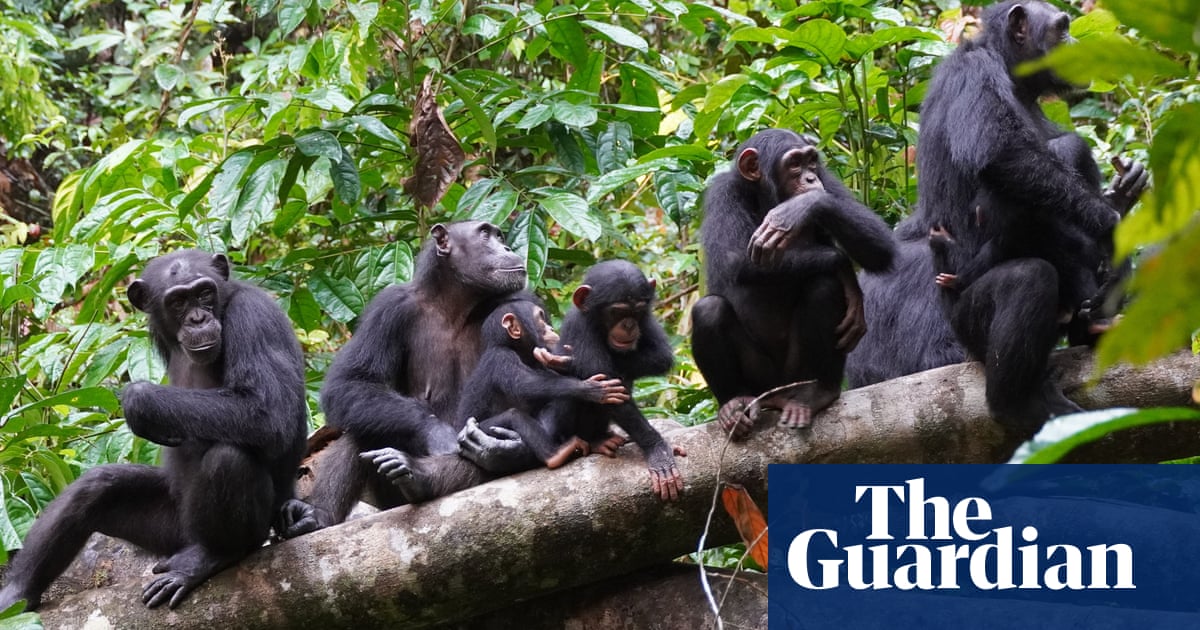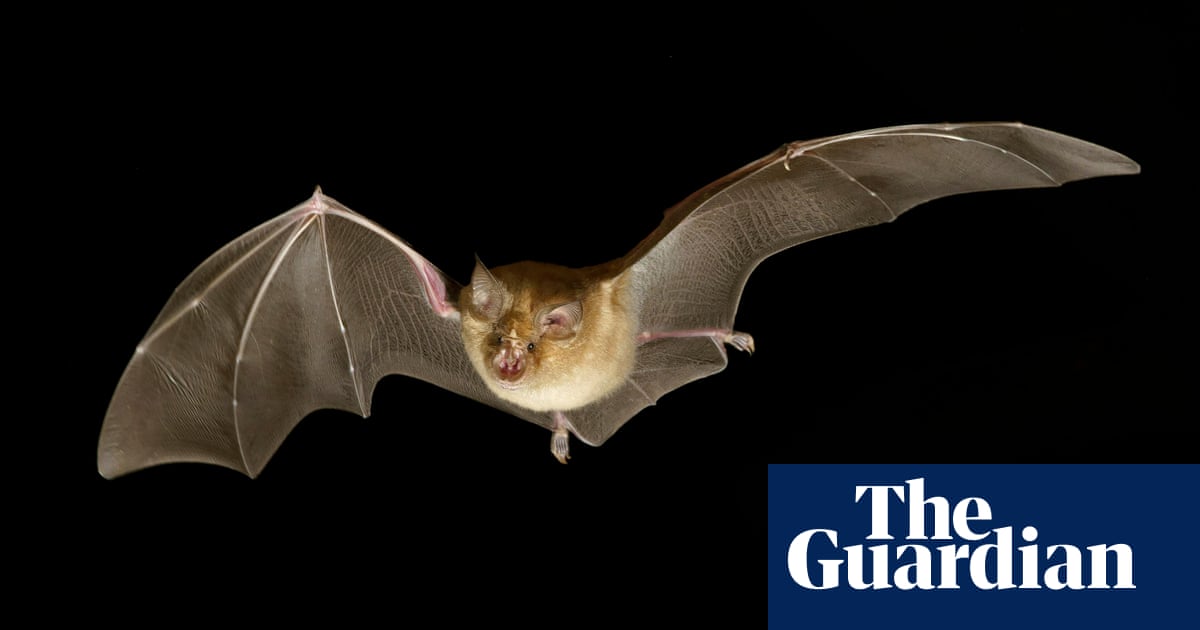
Kipling might well have believed that the female of the species is more deadly than the male, but when it comes to mason wasps, the latter have quite the weapon.
Researchers in Japan have discovered that male mason wasps use sharp spines on their genitalia to resist being swallowed by predators.
The team made their discovery by housing 17 tree frogs with 17 male mason wasps. While all of the frogs attacked the wasps, just over a third ultimately rejected the insects.
“Male wasps were frequently observed to pierce the mouth or other parts of frogs with their genitalia while being attacked,” the authors of the study, published in the journal Current Biology, report, adding the insects also bit the frogs.
When male wasps whose genitalia was removed were introduced to the tree frogs, all of the amphibians ate the insects, despite still being bitten.
The team wrote: “Therefore, genital spines of male genitalia appear to play a role in preventing tree frogs from swallowing male wasps,” adding that further work, revealing the spines do not appear to be used when mating, supported the idea.
However, Kipling may well have been right. The team found female mason wasps were less likely to be attacked by tree frogs and more likely to be rejected than males, suggesting their defences – in which their egg-depositing organ is used as a venom-emitting sting – are even better.
But not all predators were deterred: both sexes were consumed by pond frogs, which the team noted had a higher tolerance for wasp stings.
The researchers said the study highlighted the importance of male genitalia for defence against predators, adding there had been only a few studies demonstrating such a function. “Males of several hawkmoth species produce ultrasound using their genitalia to jam bat sonar,” they said.
Prof Seirian Sumner of University College London, author of Endless Forms: the Secret World of Wasps, said while male wasps did not sting, they could use their genitalia in “mock” stings. Usually, she added, this felt like a “bracing tickle” but it can be spiky enough to cause the wasp to be released from human hands.
Sumner, who was not involved in the study, added it was possible male mason wasps used the approach to escape from predators such as tree frogs, and evolved elaborations on their genitalia to do so.
“Males don’t have a venom sac and so there’s not much scope for evolution there,” she said. “But if a male can masquerade as a pain-punching female – at least at first bite by a predator – and this reduces his chance of being eaten, this may be selected for.”












